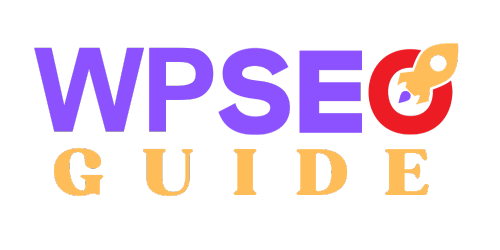Introduction
Core Web Vitals are a set of user-centric metrics introduced by Google to assess page performance and user experience. They focus on loading speed, interactivity, and visual stability, all of which are crucial for how users experience a website.
The three key metrics are Largest Contentful Paint (LCP), First Input Delay (FID), and Cumulative Layout Shift (CLS). LCP measures how long it takes for the main content of a page to become visible, while FID quantifies responsiveness by looking at the time it takes for a user to interact with the page. Finally, CLS assesses visual stability by evaluating unexpected layout shifts during loading.

Why Core Web Vitals Matter for User Experience
it significantly influence the overall user experience of a website. When sites prioritize these metrics, they typically deliver faster load times, smoother interactions, and more stable content. This, in turn, leads to greater user satisfaction and engagement, which is essential for retaining visitors.
Assessing Your WordPress Site’s Core Web Vitals
To gauge how your WordPress site is performing regarding Core Web Vitals, you can use various tools provided by Google and other platforms. Google’s PageSpeed Insights and Lighthouse are excellent options, offering comprehensive insights into your site’s loading speed and interactivity.
Analyzing Your Data
After collecting your data, it’s crucial to analyze the scores carefully. Identify any performance issues and understand factors contributing to less-than-ideal performance, such as slow load times or layout instability. This understanding is vital for effective optimization.
Common WordPress Factors That Affect Core Web Vitals
Several aspects inherent to WordPress can impact CWV performance. These include your choice of theme, how well plugins are optimized, and how you handle images and media. By selecting lightweight themes, optimizing plugin usage, and compressing images, you can improve your CWV scores significantly.
Tips for Improving Core Web Vitals and Enhancing WordPress SEO
Optimizing Largest Contentful Paint (LCP)
To improve LCP, focus on techniques such as image optimization and utilizing Content Delivery Networks (CDNs) for faster content delivery. Implementing caching strategies can also help reduce loading times for large content elements.
Enhancing First Input Delay (FID)
For better FID, aim to minimize JavaScript execution time. Prioritize critical scripts for asynchronous loading and optimize server response times. This approach ensures quicker user interactions and a smoother experience.
Mitigating Cumulative Layout Shift (CLS)
To reduce CLS, defer non-critical CSS and ensure images and media elements are properly sized. This helps prevent layout shifts during loading. Additionally, avoid injecting dynamic content that may disrupt the page layout.
Implementing Best Practices for Core Web Vitals in WordPress
Following best practices in WordPress for optimization involves updating core software, choosing performance-optimized themes, and managing plugins efficiently.
Updating WordPress Core and Plugins
Regular updates to the WordPress core and plugins are essential for maintaining optimal performance. Staying current with the latest releases helps address security vulnerabilities and improves performance.
Choosing Performance-Optimized Themes and Templates
Select themes and templates that prioritize performance to achieve satisfactory scores. Look for themes that are responsive and have minimal code bloat. Conduct thorough testing using Core Web Vitals tools to assess performance.
Plugin Management for Core Web Vitals Compliance
Evaluate the impact of your plugins on your site’s speed and performance. Streamline your plugin usage to minimize resource consumption, opting for lightweight plugins that fulfill essential functions without unnecessary overhead.
Monitoring and Maintaining Core Web Vitals Performance
Ongoing monitoring and maintenance are crucial for sustaining optimal Core Web Vitals performance. Establish proactive procedures and address any performance degradation promptly.
Setting Up Ongoing Performance Monitoring Procedures
Consider setting up automated performance checks using tools like Google’s PageSpeed Insights and Lighthouse to monitor CWV trends over time. Regularly review performance reports to spot any deviations from optimal scores.
Addressing Performance Degradation
If you notice performance issues, take immediate action to identify and resolve them. Conduct comprehensive site audits to pinpoint areas needing improvement and implement necessary optimization efforts.
Conclusion
In summary, Core Web Vitals significantly impact WordPress SEO, influencing user experience and search engine rankings. By understanding their importance and actively assessing your site’s performance, you can implement targeted optimization strategies. This approach not only improves your site’s visibility but also ensures a positive user experience for your visitors.
For further guidance on WordPress SEO strategies , check out our article “The Ultimate WordPress SEO Guide for 2024: Step-by-Step Tutorial.”





